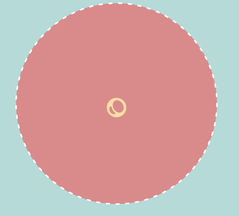Baby’s Developments
One egg is released into the fallopian tube. It is in this tube that the egg gets fertilised by a sperm. Although approximately 300 million sperm are released in one go, only one will fertilise your egg. Upon fertilisation, the total genetic makeup of your baby is determined, including the sex.
How is the sex of your baby determined?
Every human has 2 sets of chromosomes; Males have X and Y (XY) and females have 2XXs (XX). Since females possess no Y chromosome, every single egg contains only an X chromosome. But since males have X and Y both, some sperm have an X chromosome and some have a Y.
Therefore sex is determined by the father’s sperm: if it contains X chromosome, then that will combine with the X in the mother’s egg to give XX which is a girl. If the sperm contains a Y chromosome, it will combine with the X in the mother’s egg to give XY which is a boy.
The fertilised egg will travel down the fallopian tube into the uterus. On average, about 5-9 days after fertilization, the fertilized egg (now known as an embryo) will attach itself to the wall of the uterus. Such attachment, more accurately known as implantation, is essential for the embryo to obtain nutrients through the placenta.
Changes in the Mother
Once the egg is released, your immune system may be suppressed in anticipation of fertilisation. This happens so that your baby will not be rejected as a foreign object. As such, you may experience yourself susceptible to infections during ovulation and pregnancy.
One of the first signs of pregnancy is implantation bleeding. This occurs when the embryo attaches itself to the wall of the uterus. Implantation bleeding is far less heavy than menstrual bleeding and can usually be described as ‘spotting’. Along with this, you may get cramps and a temperature shift. During the first week after conceiving you may experience dizziness from time to time due to the increase in pregnancy hormones.
There are 2 methods to officially test if you are pregnant
- Urine test
- Blood test- this is more accurate


